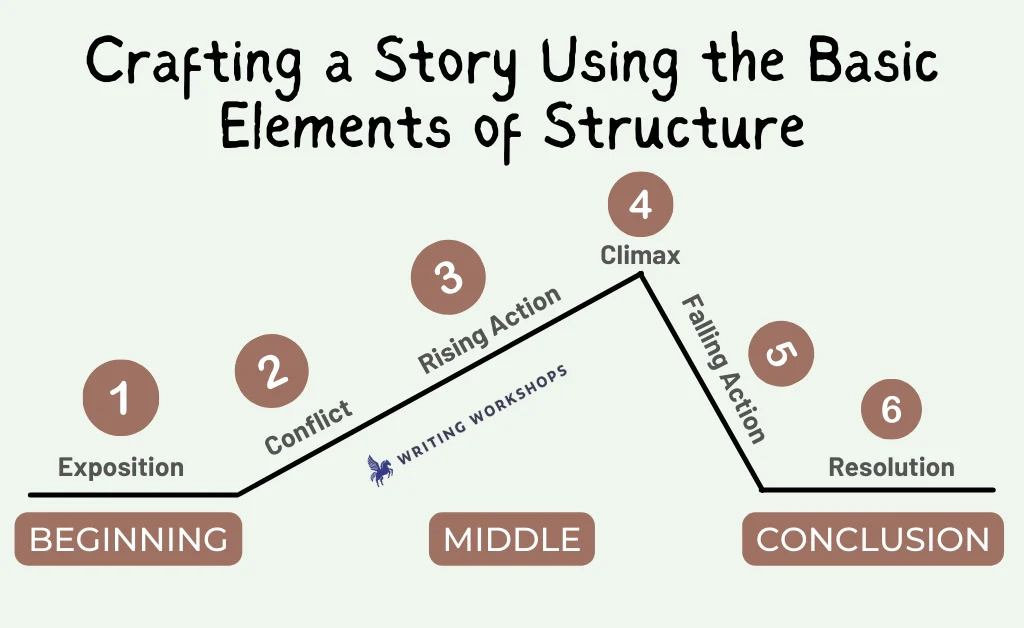
Want to capture your reader’s attention from the very first line? Understanding the basic storytelling arc—beginning, conflict, climax, resolution—is key. A strong opening paragraph sets the tone and decides whether your reader keeps going or clicks away.
To show how it works, let’s look at two of the winning entries from last year’s competition.
“A Villain or Not” by Ekam Kaur Minhas
There are no windows or cracks in these cement walls, not a glimpse of the outside world. The only thing keeping this cellar from being pitch black is this small, pocket-sized tea light, kept to my left. I didn’t get much sleep last night, I was rather restless, as there were sickening sounds of rats running about. I know the French resent me, and I don’t blame them. How naive I was! My people were suffering and were having to endure the most terrible things. I heard them. “She is cruel!” “Queen Marie Antoinette? More like Madame Deficit!” “It’s a relief she isn’t ruling anymore.”
Want to keep reading? The answer to the question is ‘YES‘.
“The Decision” by Stella Santos
Decades have passed since someone climbed out of the abyss. It’s been said that the outside world is safe now. The evil spirits no longer torture the people and drive them to hide in the abyss.
Are you intrigued? The answer to the question is ‘YES‘.
If you want to engage the judge’s attention your story must have pace with no sluggish bits in the middle. It should move smoothly from one situation to the next with a main character taking the limelight.
To keep a reader involved with your story you:
- Introduce the setting and characters.
- The arc uses the term conflict as the section that covers the situation that causes the story to unfold. Other writers refer to this section as the inciting incident which is an event that places a challenge before your main character. Does your hero rise to the challenge? If not, you have no story.
- From that moment the story is about how your character goes through an event and conquers the challenge.
- It all comes to a head with the climax and then comes the…
- Resolution.
How do you keep a reader engaged if you are writing the following kinds of stories?
A recount or reflection.
These can still be made interesting by focusing on something in the reflection that will interest someone else. A holiday story could be about a family member who does something unusual, heroic, funny. Or it could explore something interesting that happened that no-one else would have experienced. It must be interesting.
Non-fiction report
Even these can be written in a way that engages the reader. What is it about your topic that fascinates you? Share that fascination your reader. Try to take an original approach.
Always remember the opening paragraph will keep your reader engaged.
Description
Use description to get your reader into the scene you are writing about. One year we had a winning entry about a child helping her mother with pickling and she became a pickle. What an original idea but she made the story believable by her description of finding herself in the jar and out of it. It was a memorable story.
Action
If you are describing a car chase remember to describe how the car chase began, why and who is involved. How does it end?
Persuasive
If you want to
Questions to ask yourself as you write.
These are the key questions your writing should address:
They are:
- Who?
- What?
- Where?
- Why?
- When?
- How
A Villain or Not by Ekam Kaur Minhas (Y11-13) is based on an historical event. It follows the story arc and is a reflective piece of writing.
It opens with Marie Antoinette describing her cell. This description draws the reader in. We follow her story from her arranged marriage to Louis XVI, her rise and fall from favour. The family’s failed attempt to escape in the fourth paragraph is the climax and then the last paragraph is off resignation to her fate which is her execution the next morning..
Maybe I was foolish, but not selfish! France deems me a villain, but I feel like a victim.
But today, I shall accept my execution by guillotine at the Place de la Concorde, without temporising.
Vorte sincere, Marie Antoinette.
The ending has a tone of courage through her acceptance of her fate. Do you feel sorry for her? I do. She was just a kid of 14 when she married Louis XVI and here she was being executed for her frivolous ways.
You can read it here.
At all costs avoid this pitfall:
The and then, and then syndrome. An example of this is we arrived at the beach, then we got our togs, then we went for a swim and then mum called us in for dinner….
*Photo by Writing Workshops.
